
Hineraumati 2025 – Summer Kākahu Collection
The Hine Raumati Collection 2025, created by our whanaunga Ngāneko Eriwata, is grounded in the deep layers of our whakapapa and our connection to the taiao (environment).

Strategy Engagements – Findings
Te Hau Tapuwae – Findings Papers & Data
Nine engagements, one kaupapa. Browse and download Findings Papers and Data Spreadsheets for each wānanga in our series.
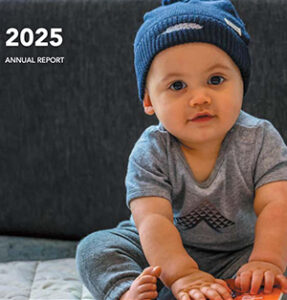
TKOTA 2025 Annual Report
We’re proud to share the release of our Te Kotahitanga o Te Atiawa Annual Report for 2024–2025 – a reflection of the mahi, the milestones, and the many beautiful stories that have shaped our year.
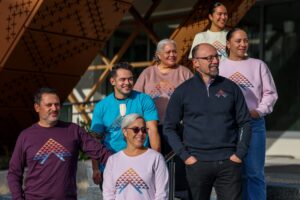
Reintroducing Hine Takurua: Limited-Time Winter 2025 Collection
Hine Takurua is inspired by the star Sirius, which heralds the arrival of Takurua (winter). This launch proudly reintroduces Hine Takurua to our collection, available for a limited time only.

Te Atiawa Papapounamu Housing Development
Last week, we were fortunate enough to welcome our whanau to their new whare at Papapounamu. This housing development has been under construction for the last 12 months, and now our whanau have been handed the keys to enjoy their new homes. A huge mihi goes out to everyone who
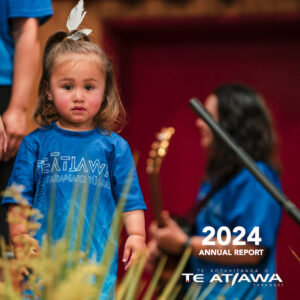
TKOTA 2024 Annual Report
Our 2024 Annual Report has now been published. View the online version.

Te Parawai o Rongo / Hine Takurua / Te Atiawa Kākahu 2024
Embrace the Taonga of Te Parawai o Rongo kākahu collection We are thrilled to announce the launch of our exclusive Te Atiawa Kākahu collection, specifically created to enhance identity and connection amongst Te Atiawa uri. This collection, known as Te Parawai o Rongo celebrates our whānau, shared whakapapa, and the

Nominations are now open
Nominations have been extended – Now Close 5 pm Monday 29th July Elections are open and whanau should have received their nomination packs in the letterbox or via email. Nominees need to be registered, and those who are nominated need to be registered also. Click here to register https://taa.moxwai.com/registration/ Click
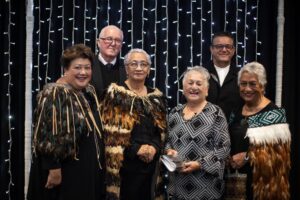
Te Atiawa Puanga Kaumātua Ball
Tēra Puanga ka rewa i te paeHe tohu ki te aoKa poroporoaki te pōKa mihi ki te tau hōu Tēnā koutou e te kāhui whetu e tipi tonu ana I te mata o te whenua! Te Kotahitanga o Te Atiawa are proud to host our upcoming Puanga Kaumātua Ball, to be held

Ka Whawhai Tonu
The Te Kotahitanga screening of Ka Whawhai Tonu at our Pahake Movie Night. Held at Event Cinemas, New Plymouth on Friday 5 July, the screenings will begin between 7.30 pm – 8.30 pm is now FULL. Note: this movie is Rated M and for whānau 18 years and over. Our
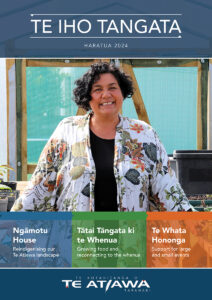
Te Iho Tangata – Haratua 2024
Te Kotahitanga o Te Atiawa is proud to share Te Iho Tangata, our first six-monthly publication which highlights some of this year’s kaupapa. It’s important we keep our whānau informed on the work we are doing and its alignment to Te Ātatu, our five-year strategic plan. Our vision – Te
